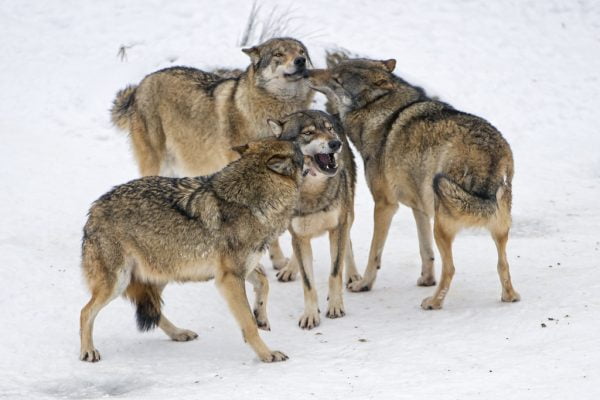Flowers, with their vibrant hues, intoxicating scents, and delicate forms, have captivated humanity for centuries. They symbolize love, beauty, new beginnings, and the ephemeral nature of life. But beyond their aesthetic appeal and symbolic significance, the world of flowers holds a hidden layer of intrigue – the language used to describe groups of these botanical wonders. Let’s embark on a journey through this floral vocabulary, exploring the collective nouns associated with flowers and delving into the fascinating facts that continue to make them a source of wonder and delight.
Collective Nouns for Flowers
Unlike some animals with singular collective nouns, flowers boast a diverse vocabulary, each term reflecting the specific arrangement, context, and purpose of the group:
- Bouquet: This term evokes the image of a carefully arranged and aesthetically pleasing collection of flowers, often wrapped and presented as a gift. It suggests a deliberate selection, thoughtful composition, and an expression of affection or appreciation.
Example: The delivery person arrived with a bouquet of lilies and a handwritten card, brightening the recipient’s day with their vibrant colors and sweet fragrance.
- Bunch: This straightforward term describes a loosely tied or gathered group of flowers, often acquired for personal use or spontaneous gifting. It emphasizes the casual nature of the gathering and the practicality of the arrangement.
Example: Rushing on her way home, she stopped at the flower stand and grabbed a bunch of sunflowers, their cheerful faces bringing a burst of sunshine to her kitchen table.
- Bed: This term paints a picture of a dense and flourishing grouping of flowers growing in a designated area, often within a garden or park. It evokes a sense of abundance, natural beauty, and a vibrant tapestry of colors and textures.
Example: Wanderlusting through the English countryside, she stumbled upon a charming cottage garden overflowing with a bed of roses in various shades of pink and red, their intoxicating fragrance filling the air.
- Posy: This quaint term signifies a small and charming collection of flowers, often arranged in a simple and informal manner. It suggests a delicate touch, a personal gesture, and a token of affection or well wishes.
Example: As a sweet gesture, the young girl picked a posy of wildflowers from the meadow, presenting them to her grandmother with a shy smile and a heartfelt message.
Fascinating Facts About Flowers
Understanding collective nouns enriches our vocabulary and adds a deeper dimension to describing these floral marvels. But venturing deeper into the world of flowers reveals their captivating history, diverse purposes, and enduring impact:
A Timeless Tradition: Flowers have played a significant role in human culture for millennia, used in religious ceremonies, cultural celebrations, and personal expressions for countless generations. From adorning ancient Egyptian tombs to adorning wedding bouquets today, flowers transcend time and cultures, serving as a universal language of beauty and symbolism.
A Symphony of Scents and Colors: Flowers boast a remarkable diversity in terms of color, size, and fragrance. This variety not only enhances their aesthetic appeal but also plays a crucial role in their ecological function, attracting pollinators like bees and butterflies, ensuring the continuation of their life cycle.
A Source of Inspiration: Flowers have served as a wellspring of inspiration for artists, writers, and poets throughout history. Their fleeting beauty, intricate details, and symbolic meanings have fueled artistic expression across various mediums, leaving an enduring mark on our cultural landscape.
A Gateway to Nature: Flowers offer a doorway to connect with the natural world. Observing their growth, nurturing them in gardens, or simply appreciating their presence can foster a sense of peace, mindfulness, and a deeper appreciation for the wonders of nature.
A Symbol of Hope and Renewal: From the delicate bloom of a spring crocus to the vibrant colors of a summer sunflower, flowers represent hope, renewal, and the resilience of life. They serve as a reminder of the constant cycle of nature, offering a sense of comfort and optimism in the face of life’s challenges.
Final Thoughts
From the meticulously crafted “bouquet” to the flourishing “bed” within a garden, the diverse collective nouns for flowers offer a glimpse into their multifaceted beauty and significance. Understanding these terms and appreciating the captivating allure of flowers deepens our connection to the natural world, fosters a sense of wonder, and allows us to better appreciate the joy and inspiration they bring to our lives. So, the next time you encounter a bloom, take a moment to savor its delicate beauty, its captivating fragrance, and the unique role it plays within the tapestry of nature.
Also Read:






